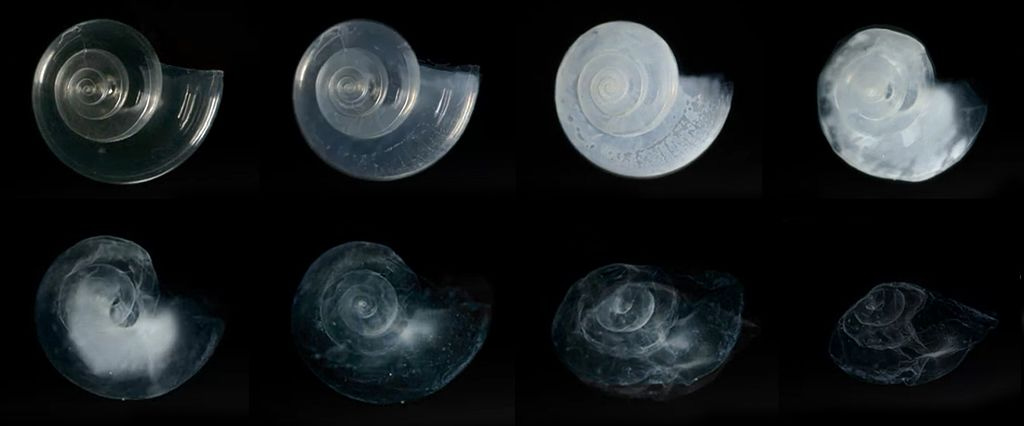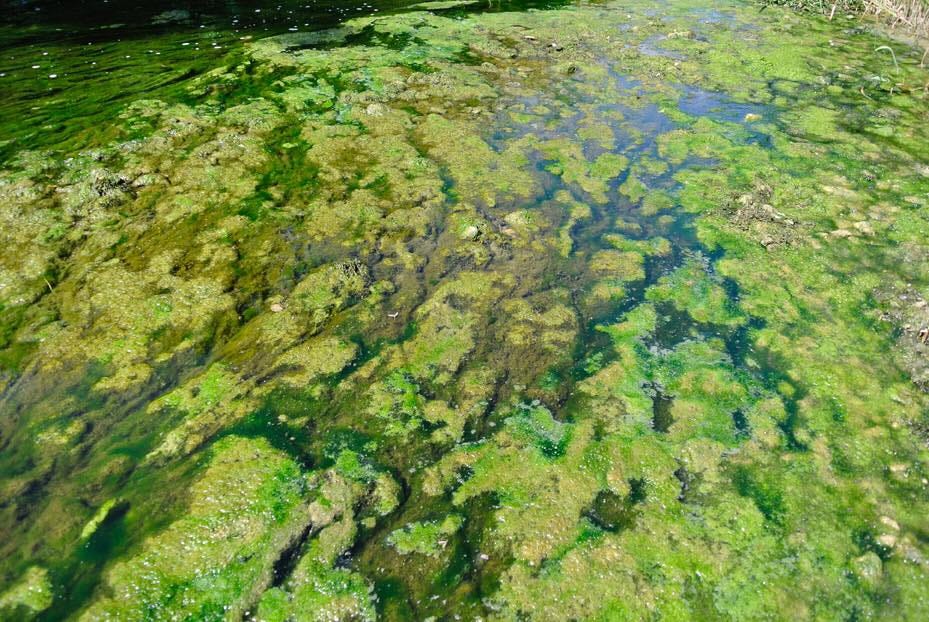The Six Major Ocean Problems and How to Solve Them
A look at the ocean as an ocean of opportunities
While clean (now: climate) technology has been a trend since the late 1990s, ocean technology is much newer. Ocean technology refers to anything enabling what is normally referred to as the blue economy.
At Katapult Ocean, an ocean-focused venture firm I work with, we divide the ‘sustainable’ blue economy into 5 impact-related categories: ocean transportation, energy, harvesting, health, and new frontiers.
The ocean covers 71% of the Earth’s surface, contains 99% of Earth’s liveable space, and is relatively unexplored (we’ve only ventured into 5% of it).
We genuinely know more about the surface of the moon than we do about the seafloor. Ocean investors like myself believe that these factors make the ocean an untapped source of technological and business potential.
The ocean is responsible for every other breath we breathe (thank you, phytoplankton), and over three billion people depend on marine and coastal biodiversity for their livelihoods. With human populations continually growing, there is an ever increasing pressure on ocean ecosystems.
This pressure has created six primary ocean problems: plastic pollution, overfishing, acidification, warming, eutrophication, and issues relating to shipping:
#1: Plastic pollution
Over 10 million metric tons of plastic enters the ocean every year. The Great Pacific Garbage Patch (it ain’t so great) covers 1.6 million square kilometers, an area twice the size of Texas. And they say everything’s bigger in Texas…
Photo by Naja Bertolt Jensen on Unsplash
#2: Overfishing
34.2% of global fisheries are overfished, comprising 22.7% of seafood. This number is often exaggerated in media, but ⅓ of fisheries is still high. I experienced this first-hand while I was freediving off the coast of India this year. My heart sank after seeing a reef that was destroyed by dynamite fishing. What used to be a thriving reef had turned into nothing but mud.
Source: C. Ortiz Rojas, Public domain, via Wikimedia Commons
#3: Acidification
Acidification refers to carbon dioxide (a greenhouse gas) dissolving into seawater from the atmosphere. This chemical process increases the acidity of seawater, which makes it difficult for animals with shells (crabs, snails, oysters) to produce the very shells they need for survival.
#4: Ocean Warming
Warming is due to increasing greenhouse gasses we put in the atmosphere. As the atmosphere warms up, the ocean acts as its buffer, absorbing heat. Warmer waters stress all marine life, including coral reefs that are more likely to bleach (turn white, kicking out the colorful beneficial algae that lives inside them) and die as a result.
Source: Vardhan Patankar
#5: Eutrophication
Eutrophication, at least in my opinion, is the worst environmental issue we have in the US. Nutrient pollution from agricultural runoff leaks into the Mississippi, draining into the Gulf of Mexico where it causes a massive algal bloom and a subsequent massive algal die-off, sucking out all the oxygen in the water. This creates a DEAD ZONE, devoid of all life. These can be TENS OF THOUSANDS of square kilometers of dead ocean. It’s a catastrophe.
#6: Shipping
Big shipping container ships carrying all our Amazon Prime goodies from overseas cause their fair share of problems. Sonar disrupts the migrational patterns of whales and dolphins, and ships occasionally hit actual whales. Not to mention, the absurd amount of fuel these ships burn PLUS the occasional oil spills they cause.
I know this list sounds pretty concerning, because it is, but with problems come opportunities for scalable technological and business solutions.
We’re going to take you through hundreds of startups tackling these issues in creative, economically sensible ways over the course of this series. We hope to inspire and teach YOU how to examine these problems and come up with (or support) solutions that can save the world, and maybe even make you a multi-millionaire at the same time! That wouldn’t be so bad, would it?
The key is to:
pick one problem and spend an immense amount of time on it and
think about how to connect it to a small community of people.
Fair warning, you do have to be BALLSY to start an ocean-tech startup.
These companies are usually selling business-to-business, are physical asset heavy (hardware), and have high capital expenditures (you’ll need money to make money).
While software solutions are easier to scale, I would argue engineered hardware will have a greater impact in resolving ocean problems and fixing climate change as a whole.
Coming up…
In this article we’ve learned about the emerging sustainable blue economy, the six major ocean problems, and how to approach solving them. In following issues, we’ll go in-depth into more specific problems and how ocean-tech founders are tackling them. These problems may seem overwhelming, but its up to us to fix them, so let’s get specific and get to work.












